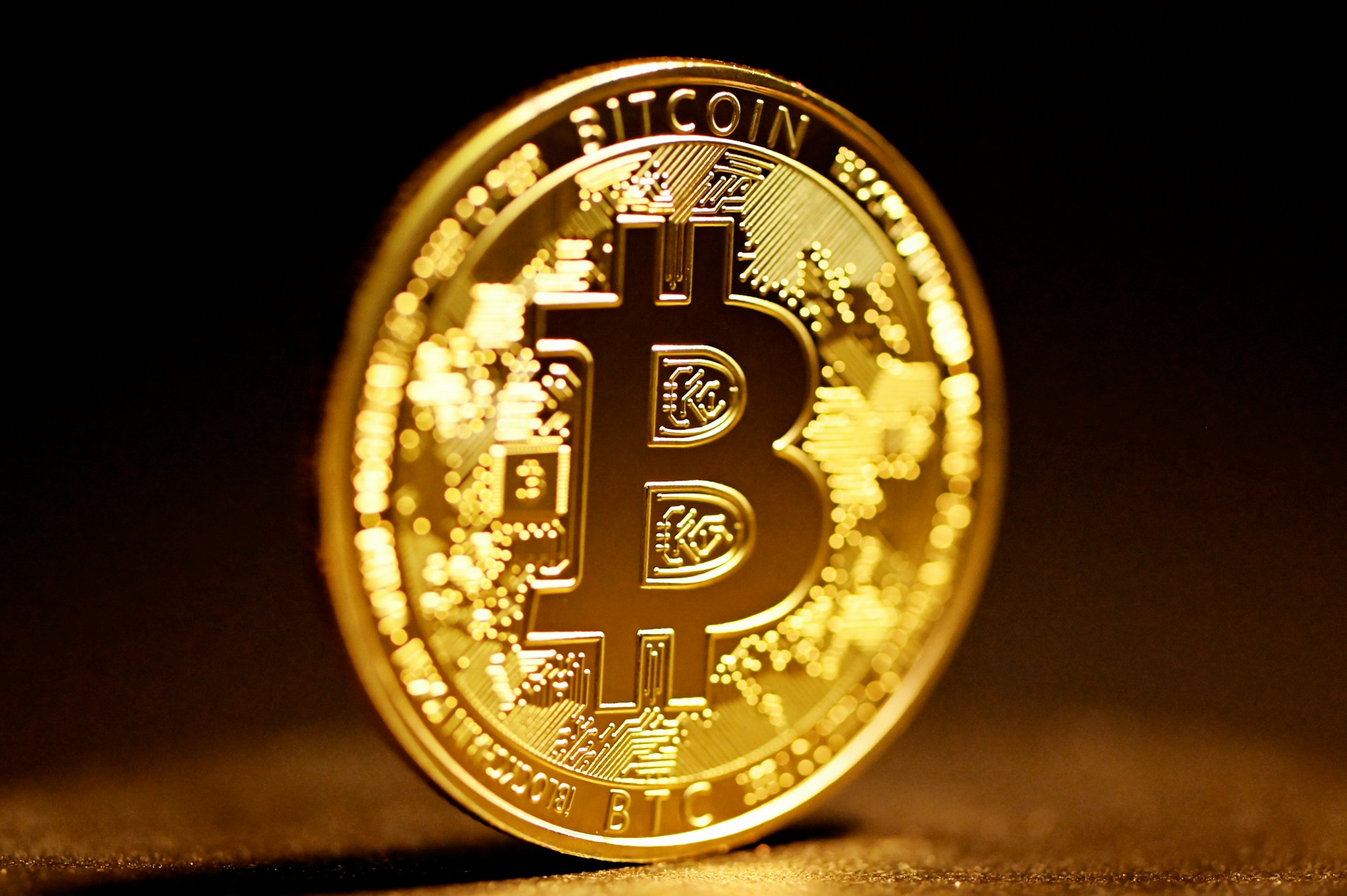
Adoption of Bitcoin on balance sheets may reach 20% of total BTC supply by 2026.
A recent analysis from Bitwise and UTXO Management suggests that by the close of 2026, around 20% of all Bitcoin (BTC) might be integrated into institutional balance sheets.
The report titled “Exploring the Game Theory of Hyperbitcoinization” explores five avenues of demand for Bitcoin.
Among the key findings, nation-states are projected to allocate approximately $161.7 billion, achieved by converting 5% of their current gold reserves into Bitcoin, amounting to 1.62 million BTC, which represents 7.7% of the total Bitcoin supply.
Wealth-management firms managing around $60 trillion could potentially channel $120 billion into Bitcoin exchange-traded funds (ETFs) if their clients choose to invest 0.2% of their portfolios.
Publicly traded companies, which collectively own over 600,000 BTC, have the potential to procure an additional 1.18 million BTC ($117.8 billion) as fair-value accounting regulations and peer influences promote treasury diversification.
Additionally, 13 state reserve bills in the US could equate to a projected $19.6 billion acquisition, with sovereign wealth funds representing a foundational $7.8 billion. The cumulative liquidity forecasted amounts to $427 billion, roughly 4.27 million BTC, or 20% of total supply.
Path to 20% of Bitcoin supply by 2026
The report highlights that within its first year, Bitcoin ETFs in the US garnered $36.2 billion in net inflows, outpacing gold ETFs in a fraction of the time it took SPDR Gold Shares to achieve a similar goal.
It is anticipated that major banks and financial institutions will soon endorse ETF access, converting latent interest into active investments.
As investments grow, the report forecasts a shift toward generating yield in BTC. It estimates that the emerging Bitcoin finance market could reach $100 billion if 5% of a $2 trillion Bitcoin market capitalization engages in lending, basis trades, or operates as a bridge for transactions.
Companies like Strategy and Metaplanet utilize these financial instruments to bolster reserves without resorting to the issuance of new equity.
Favorable policies in the US
Moreover, policy measures provide a structural boost. The BITCOIN Act, reintroduced by Senator Cynthia Lummis in March, proposes that the Treasury should acquire 200,000 BTC each year for five years.
Additionally, former President Donald Trump enacted an executive order in March to create a Strategic Bitcoin Reserve comprising 198,000 seized coins.
Supporting state legislation allows for BTC allocations of up to 10% of reserve funds, reinforcing what the report terms a game-theory feedback loop. Each entity accumulating Bitcoin reduces the available supply, increases price stability, and encourages delayed participants to act.
Bitwise and UTXO conclude that the interaction among nations, corporations, and wealth-management platforms could facilitate a shift from speculative engagement to structural adoption in portfolio strategies and public financial policies.
This evolution is characterized as a move towards “hyperbitcoinization,” driven by the strategies of balance-sheet management rather than mere market trends, with institutions potentially holding around 20% of the Bitcoin supply by 2026.



















Post Comment